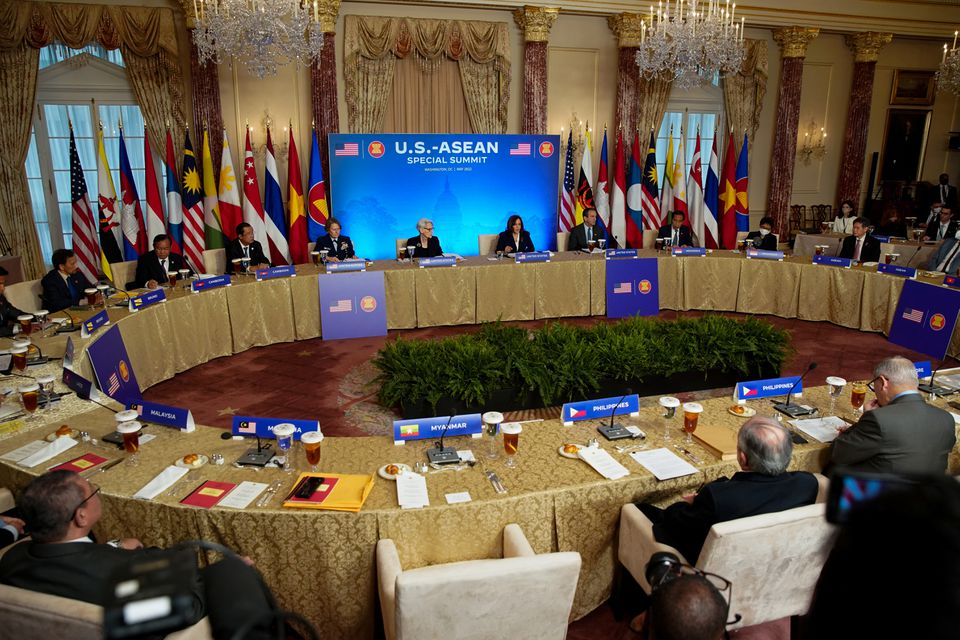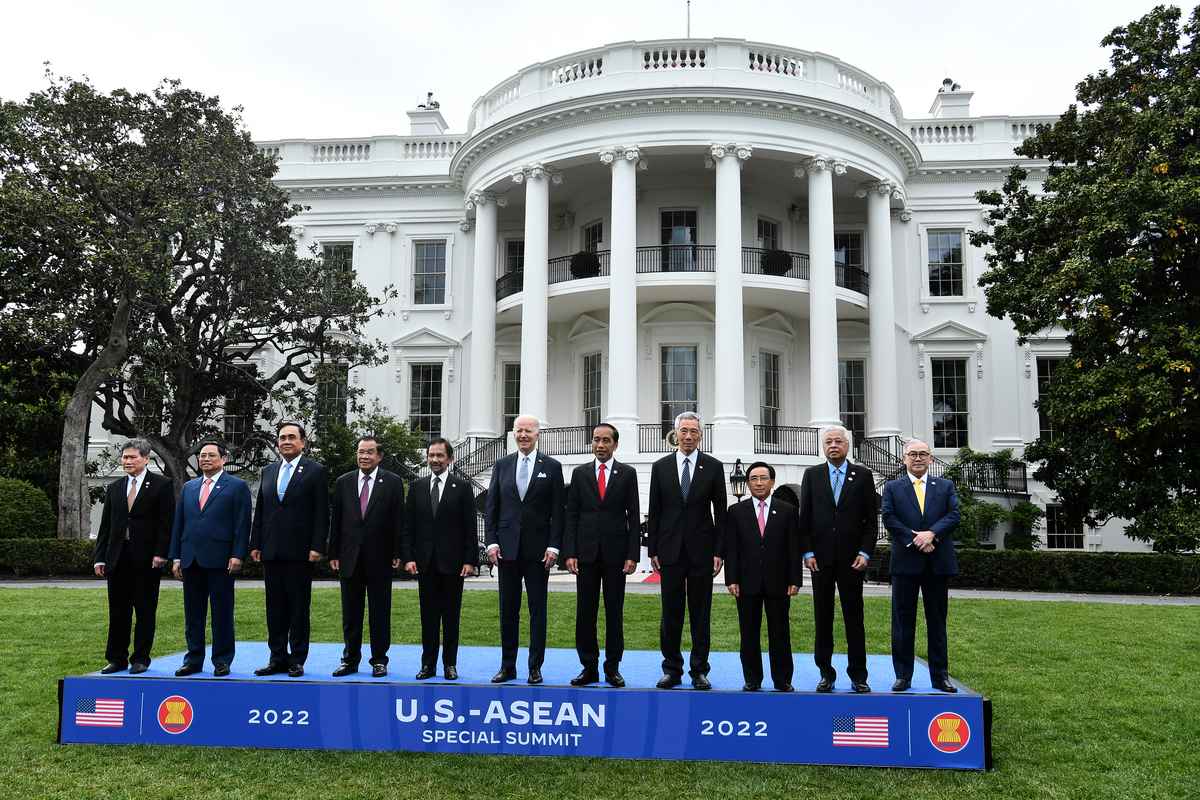Brian Wong, Assistant Professor in Philosophy and Fellow at Centre on Contemporary China and the World, HKU and Rhodes Scholar
Dec 02, 2022
Indonesia famously played host to Joe Biden and Xi Jinping’s first face-to-face meeting of Biden’s presidency; a milestone in the great power rivalry between East and West. Historically, Indonesia has also been the site of another major international summit - the Bandung Conference which produced a network of “non-aligned” states. Each of these events is a mirror of our modern times as Southeast Asia’s medium-sized powers seek to navigate a contentious climate between the U.S. and China’s competing influences.
Fu Ying, Founding Chair of Center for International Security and Strategy, Tsinghua University; China's former Vice Minister of Foreign Affairs
Nov 24, 2022
This is a highlight moment for ASEAN, with the ASEAN Summit, the G20 Summit and the APEC Economic Leaders’ Meeting coming soon. By hosting these events, ASEAN will be able to demonstrate to the world its strong will and capability to unite the region and provide new impetus for the post pandemic recovery.
Chen Qinghong, Assistant Research Fellow, China Institutes of Contemporary International Relations
Nov 22, 2022
China and ASEAN are rapidly becoming a community with a shared future of interdependence. Now at a historical starting point, they are forging new patterns to ensure that their comprehensive strategic partnership makes long-term progress.
Richard Javad Heydarian, Professorial Chairholder in Geopolitics, Polytechnic University of the Philippines
Sep 30, 2022
As a former U.S. colonial subject, the Philippines has retained close cultural and official ties to Washington. The new Philippine president, Ferdinand Marcos Jr., has shown that he intends to deviate from his predecessor’s distancing from the United States by rebuilding relations with the West while simultaneously drawing closer to Asian nations - including China.
Wang Wan, Director of Peking University’s Institute of International Strategic Studies
Jun 10, 2022
The IPEF attempts to placate those who oppose free trade in the Indo-Pacific region while also constraining China. But China is the biggest trading partner for most IPEF countries, so the attempt to encircle China on trade is tantamount to encircling its own members.
Li Jianwei, Director and Research Fellow, National Institute for South China Sea Studies
Jun 07, 2022
Whether or not bilateral relations will enter a new era depends, in particular, on what the U.S. can offer. Peace and development is ASEAN’s main concern. A strategy designed to force members to side with the U.S. or China will not be welcomed.

Nie Wenjuan, Deputy Director of Institute of International Relations, China Foreign Affairs University
May 31, 2022
At the gathering in Washington, China was the elephant in the room. While it’s too soon to say which side has the upper hand in Southeast Asia, the summit offered a glimpse of how the competition will unfold.
Yuan Ruichen, Research Assistant, Center for Southeast Asian Studies, Peking University
May 18, 2022
The $150 million packages are a good start for America’s regional vision, but what the U.S. does next will be decisive. In Southeast Asia, actions always speak louder than words.

Zhang Yun, Professor, School of International Relations, Nanjing University
May 18, 2022
Judging the summit from an American perspective would be misleading. Rather, it must be scrutinized from the ASEAN point of view. From that position, the summit can be seen as beneficial not only to ASEAN but to all state-to-state relations in the region.
Lucio Blanco Pitlo III, President of Philippine Association for Chinese Studies, and Research Fellow at Asia-Pacific Pathways to Progress Foundation
Apr 22, 2022
Rodrigo Duterte led the Philippines in the last six years with his own brand of populist, oft-criticized leadership. While his successor may not inherit his bombastic attitude, they will have to take over relations with an ever-powerful China and a long festering maritime row.
Back to Top

- China-US Focus builds trust and understanding between the U.S. and China through open dialogue among thought leaders.
- Our Offerings
- Topics
- Videos
- Podcasts
- Columnists
- Research Reports
- Focus Digest
- Stay Connected
-
Thanks for signing up!
- Get the latest stories from China-US Focus weekly.